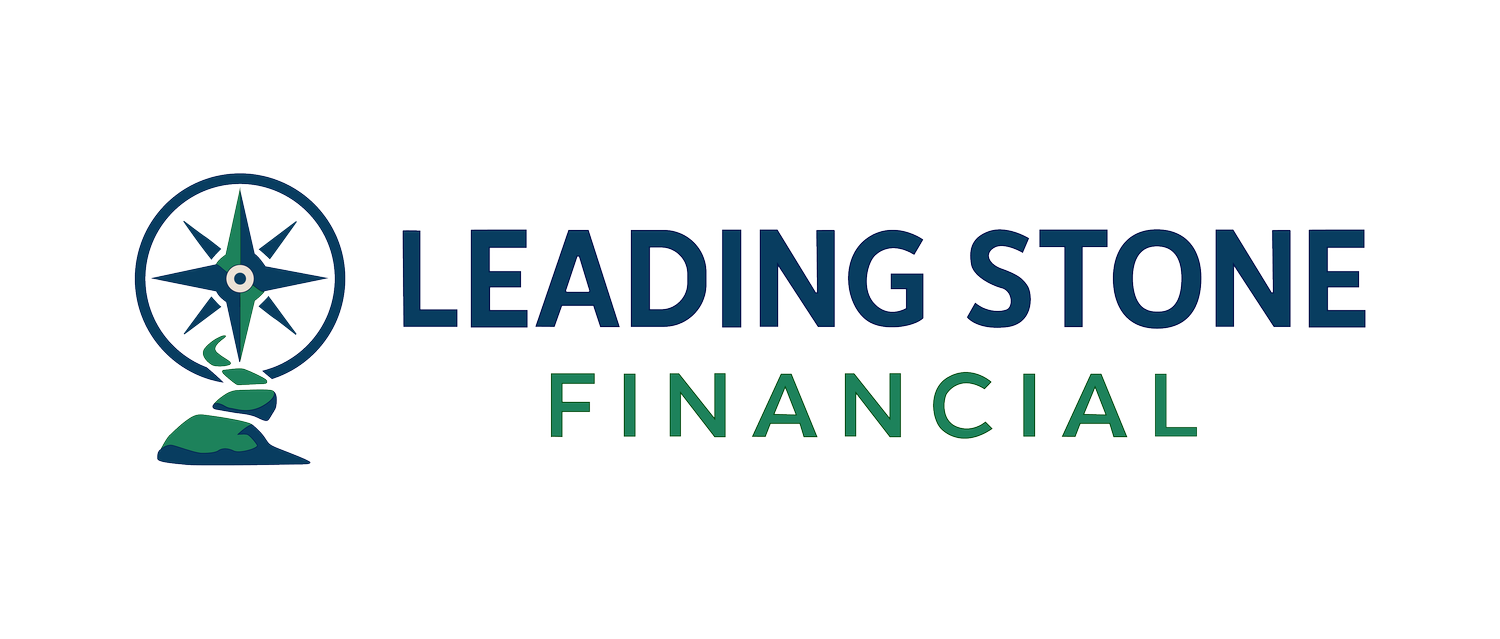🩺 The Top 10 Lessons for Independent RHCs from the Fall 2025 NRHA Conference
Introduction
If you run an independent Rural Health Clinic (RHC), 2025 is a pivotal year. Between new federal funding, evolving Medicare rules, and major workforce challenges, we face both uncertainty and possibility.
At this year’s National Rural Health Association (NRHA) Fall Conference, I saw firsthand how RHC leaders across the country are innovating — not waiting — to secure their future. Here are the top 10 lessons I learned, with practical insights for owners and administrators of independent RHCs.
1. Financial Pressure Is Real — But Agility Is Your Superpower
Presenters shared hard truths: nearly half of rural healthcare organizations are operating at a loss. For independent RHCs without hospital backing, that’s sobering. But it also highlights our greatest advantage: flexibility. We can pivot faster than large systems.
👉 Key takeaway: Your Medicare Cost Report is your most critical strategic tool. It’s not just for compliance; it’s how you set and defend your All-Inclusive Rate (AIR). Use it to analyze costs, model new services, and stay ahead financially.
2. The “One Big Beautiful Bill Act” Will Reshape Funding
The OBBBA includes a $1.2 trillion reduction in Medicaid and ACA subsidies over 10 years, alongside a new $50 billion Rural Health Transformation Fund (2026–2030). This fund will distribute money through state agencies, meaning early engagement is critical.
👉 Key takeaway: Don’t wait for information — shape it. Contact your state’s Office of Rural Health and get your RHC on their radar now.
3. The Rural Health Transformation Program Is Built for You
This new program (RHTP) opens opportunities for independent clinics to get funding for chronic care management, behavioral health integration, and telehealth infrastructure. Clinics that can show community-specific plans will stand out.
👉 Key takeaway: Lead locally. Independent RHCs can often pilot smarter, more efficient models faster than hospital-based systems.
4. Leadership Is the True Competitive Advantage
One of the conference’s most memorable messages was: “Funding is a catalyst, but you are the driver. Be bold. Be the leader rural health needs.” As an independent owner, you are more than an administrator — you’re a community leader whose voice can directly influence policy and reimbursement.
👉 Key takeaway: Leadership drives longevity. Your advocacy and visibility are essential for the financial health of your clinic.
5. Master Your RHC Revenue Cycle
While strategy is key, tactical execution on billing is what keeps the doors open. The conference highlighted several crucial billing changes that cannot be missed:
Preventive Vaccines: As of July 1, 2025, vaccines for flu, COVID-19, etc., must be billed directly to Medicare Part B, not settled on the cost report.
Telehealth: Medical telehealth continues under G2025, but mental health telehealth visits are paid at your full AIR under revenue code 0900.
👉 Key takeaway: A disciplined monthly financial review that includes billing compliance is essential to prevent revenue leakage and keep your clinic out of crisis.
6. Chronic Disease Programs Are Your Growth Engine
The demand for preventive and chronic care services is rising fast. The AHA’s Rural Health Care Outcomes Accelerator proves that even small facilities can deliver measurable improvements in areas like hypertension and diabetes management.
👉 Key takeaway: Specialize and stabilize. Chronic Care Management (CCM) and other programs build recurring revenue, foster stronger patient relationships, and improve community health.
7. You Can’t Out-Pay Hospitals — But You Can Out-Culture Them
Recruiting and retention remain major pain points. But the solution isn't just about money. Data shows the top retention drivers are Engagement (37%) and Well-being (31%), with Pay (16%) a distant third. Small RHCs can offer something hospitals often can’t: autonomy, purpose, and a true sense of belonging.
👉 Key takeaway: Culture is what keeps your best talent. Make your clinic the best place to belong, not just the best place to work.
8. Affordable Technology Is a Force Multiplier
Tech isn’t just for big systems anymore. Independent clinics are using low-cost EHR add-ons, telehealth tools, and simple AI documentation aids to cut administrative hours and improve billing accuracy.
👉 Key takeaway: Adopt one digital improvement per quarter. Small, incremental automation compounds into significant efficiency gains over time.
9. Collaboration Is the New Business Model
A recurring theme was that rural success depends on coalitions, not competition. Independent RHCs that partner with local pharmacies, schools, and county health departments are tapping into "blended funds" and sharing resources more effectively.
👉 Key takeaway: Think regionally. Shared services and joint grant applications reduce costs and improve access for the entire community.
10. The Future of Rural Health Is Bigger Than Healthcare
The NRHA’s vision for the future focuses on healthy communities that include jobs, education, and infrastructure. Independent RHCs are at the heart of that ecosystem — the hub that connects public health with everyday life.
👉 Key takeaway: Be your community’s anchor. Your financial stability enables you to invest in the well-being of the whole town.
Final Thoughts
Independent RHCs don’t have the luxury of waiting for change — but they have the independence to lead it. The conference reinforced that the most resilient clinics will track their data, engage in policy, collaborate locally, and invest in their people. With the right strategy, we can turn today’s uncertainty into tomorrow’s opportunity.
NEED HELP
Need help planning around these changes? Contact us today for your free FIT CALL. Let's navigate your path to success together.
